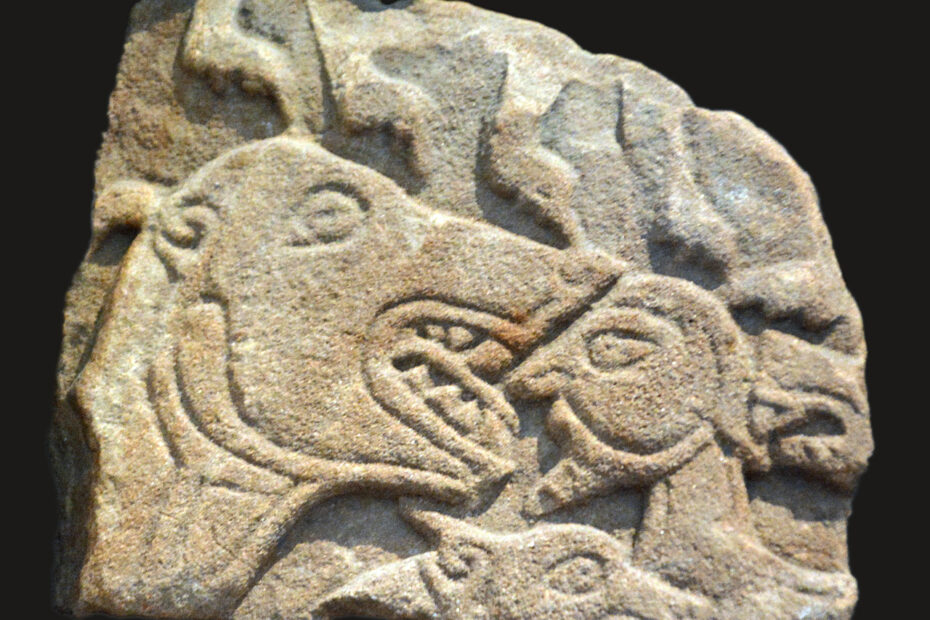These photos are meant to be a follow-up on my lecture on the Picts.
The Picts are a mysterious people who lived in Scotland : they are mentioned by Roman writers from the third century AD . They are mysterious because they have not left any writing, so that all that is known about them comes from external sources, many of them biassed.
However, they have left behind a number of large stones, which are different in style from any other contemporary sculptures and some of them have been extremely difficult to interpret. What the stones were used for is not clear: were they boundary markers, stelae, religious monuments?
A cataloguing of these stones was devised in the early 20th century and is still used : Class 1 are the simplest and are incised only, Class 2 are sculpted and present Christian motifs as well as pre-Christian motifs, Class 3 only show Christian motifs and are much influenced by other contemporary art forms.
Some of the simplest Class 1 represent animals.

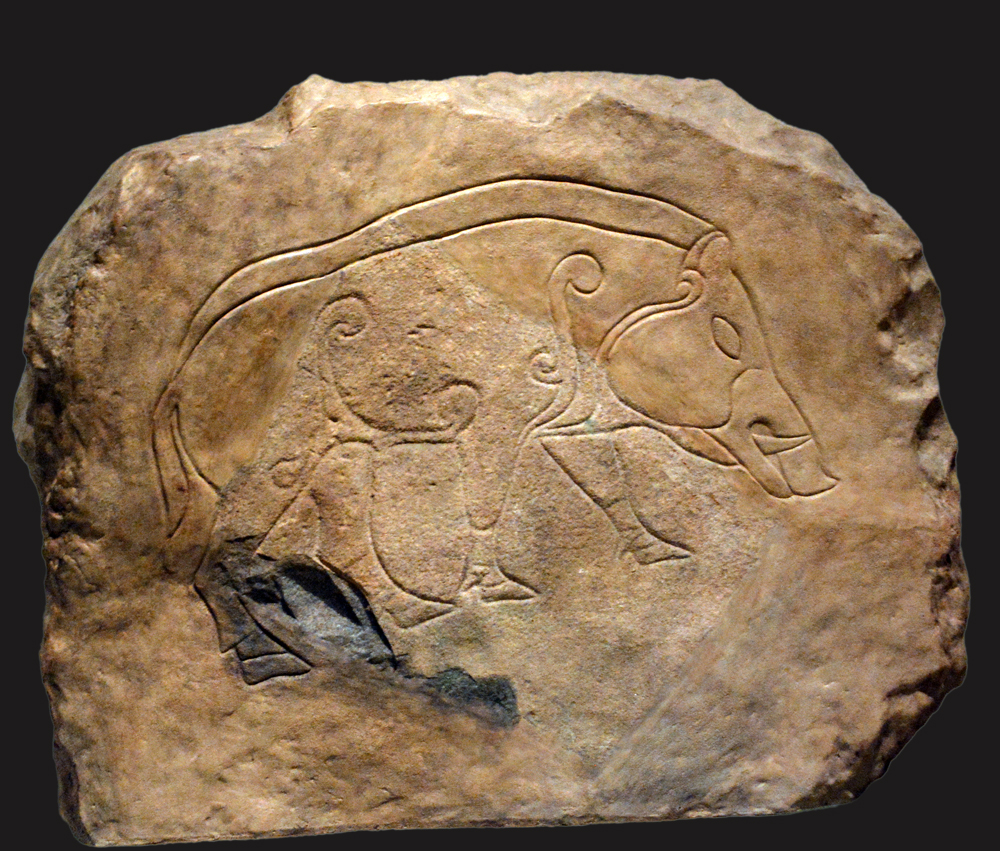
In both Classes 1 and 2 appear the most baffling motifs, known as “Pictish symbols”. They are found in North Eastern Scotland, Orkney and the Shetlands. They have evolved over time and become more elaborate in decoration but the basic abstract pattern is the same. Below are some examples.
V-rod and crescent
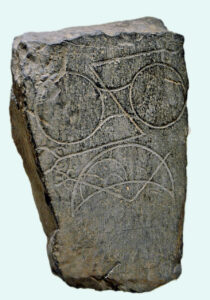


Z-rod and double discs
All exemples are from the National Museum in Edinburgh




Many of these symbols appear in pairs, but randomly, and their significance is unknown. Interpretations have ranged from totems, tattoos, names of individuals or a form of language.
Mirror, mirror case and comb
These particular motifs have been interpreted as possibly feminine and could have indicated the alliance of two groups through marriage, but this is only one hypothesis among many.
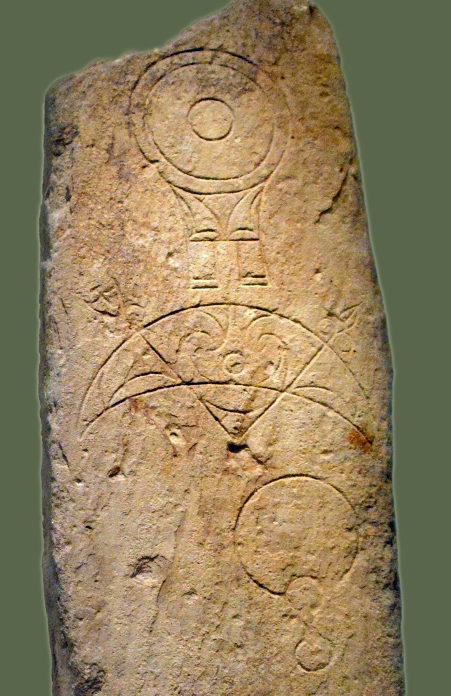
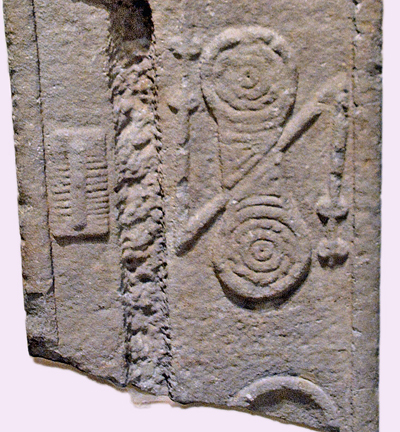
The mirror case is on the top and the mirror in the right-hand bottom corner.
The comb is on the left side. The mirror would have been in the bottom right-hand corner but is broken.
Fantastic creatures
There are many examples of creatures that seem to be half-human and half-animal. Most of them appear menacing and are shown atttacking or devouring men. No one knows what they actually represent, but the interesting thing is that some of them coexist with Christian motifs on the same stone. Do they hark back to older beliefs not yet eradicated by the new religion?
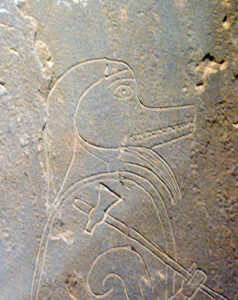

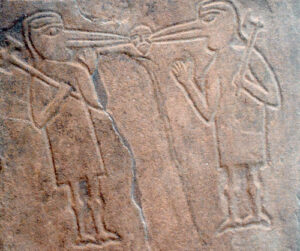
The wolf -man is from Lerwick in Shetland
This is part of a large Christian cross which has been damaged (Woodwray stone). It was used as part of a kitchen floor in a nearby castle.
This panel is part of the Papil stone (Shetland). It is the bottom section of a large Christian cross.
The frieze below comes from from Murthly (Perthshire) .

Representations of Picts
Some of the later stones do portray people, but they are obviously generic and do not enlighten us any further, except to show that there was an elite fond of hunting, and that priests were important.


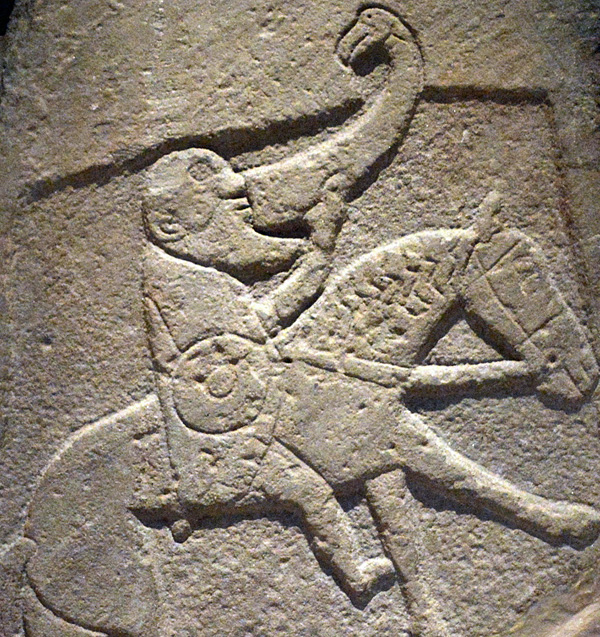
Christian motifs


The cross on the left is typical of insular fusion art, combining influences from Ireland and Northumbria amongst others.
This is only meant to be a quick reminder of the photos shown during the lecture. Anyone interested can go on the Internet where many articles and videos offer academic views as well as original interpretations about the Picts.
